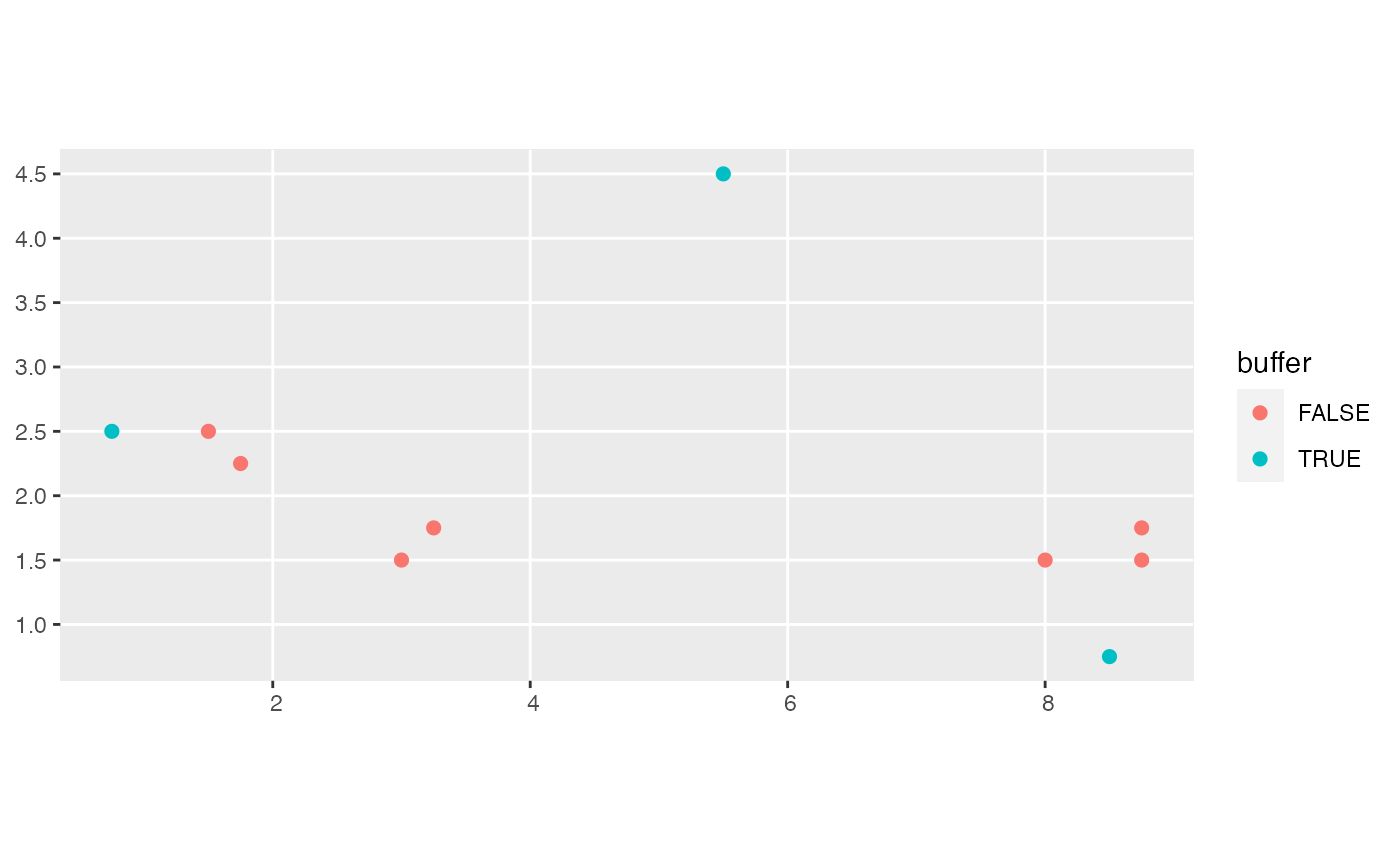Example growth data frame with spatial data for small example
Source:R/example_datasets.R
growth_spatial_ex.RdThis is an example growth data frame formed from two census data frames which has been updated with spatial data. It starts from growth_ex.
growth_spatial_ex
Format
A sf spatial tibble
- ID
Tree identification number. This identifies an individual tree and can be used to connect trees between the two censuses.
- sp
Species of the individual
- codes1
Code for additional information on the stem during the first census: M means the main stem of the individual tree and R means the stem was lost, but the tag was moved to another stem greater than DBH cutoff, this stands for resprout.
- dbh1
Diameter at breast height of the tree in cm at the first census
- dbh2
Diameter at breast height of the tree in cm at the second census
- growth
Average annual growth between the two censuses in cm per year
- codes2
Codes at the second census
- geometry
Point location of the individual
- buffer
A boolean variable for whether the individual is in the buffer region or not
- foldID
Which cross-validation fold the individual is in
See also
Other example data objects:
blocks_ex,
census_1_ex,
census_2008_bw,
census_2014_bw,
census_2_ex,
comp_bayes_lm_ex,
focal_vs_comp_ex,
growth_ex,
growth_toy,
species_bw,
study_region_bw,
study_region_ex
Examples
library(ggplot2) library(dplyr) library(sf) comp_dist <- 1 ggplot() + geom_sf(data = growth_spatial_ex, aes(col = buffer), size = 2)# Create the focal versus comp data frame focal_vs_comp_ex <- growth_spatial_ex %>% mutate(basal_area = 0.0001 * pi * (dbh1 / 2)^2) %>% create_focal_vs_comp(comp_dist, blocks = blocks_ex, id = "ID", comp_x_var = "basal_area")

